Viedma, Argentina
Searching for a Retirement Home in Argentina
This is an area where a variety of fruits and vegetables is readily available, though the major product of the area is cattle. During our visit to Viedma, we paused in the shade of a heavily bearing almond tree in a public access area where we shelled and ate almonds right from the tree. We also noticed several bearing lemon trees in the courtyard where we stayed. Avocado trees grow here as well.
There is another interesting crop here.
During our stay in Viedma, we met a farmer who invited us for a private visit to his farm. He proudly raises a sizable herd of European red stags. He markets the venison locally, exports the velvet from the antlers to Europe as an aphrodisiac, and sells the big-rack stags to hunting lodges.
The further south you go in Argentina, of course, the closer you are to Antarctica. That’s why we were surprised to see citrus trees grow this far south. One of the most surprising qualities of South America is that it does not seem to have the intensely cold winters that some of us have experienced in the United States, particularly those of us who hail from the far reaches of the north–specifically Montana. You can run into rather severe weather if you go as far south as the southern tip of the country. Viedma, this far south, does have winter, and it does snow on occasion. But remember those amazing lemon trees growing in the courtyards and the sour oranges on the street right-of-way.
What we noticed most in Viedma was the warmth and friendliness of the people. It appears that if you even look like a potential friend you get the “friend” treatment. But we do find the Argentina people to be a warm and friendly group.
There is something else about Viedma that we like. During the winter you can get on the train or a bus and make an overnight trip to Bariloche, a top Argentina ski resort to the west, for a weekend of downhill skiing. One of these days we need to take a trip to Bariloche. I think you’ll like it.
___________________________________________________________________________________
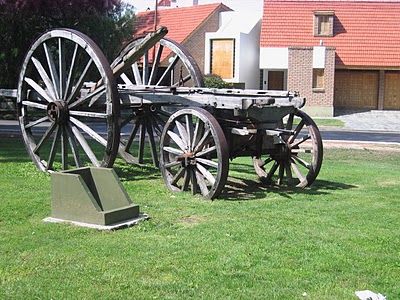
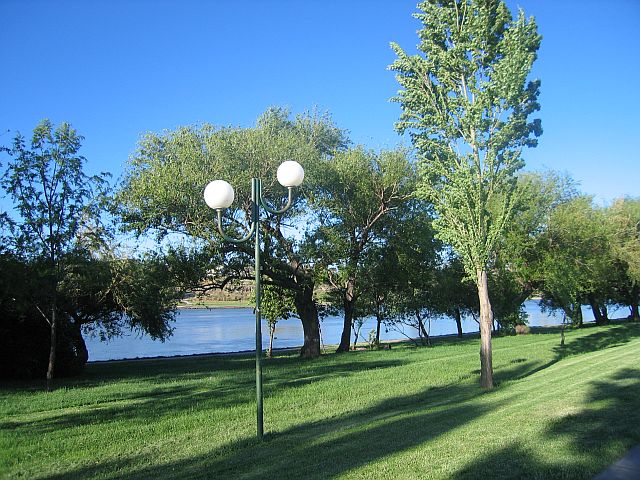
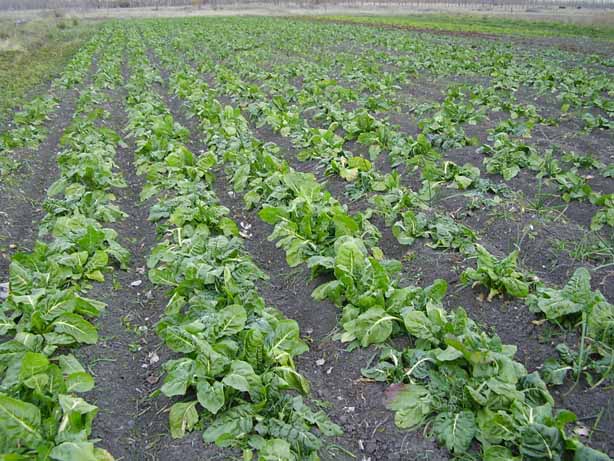
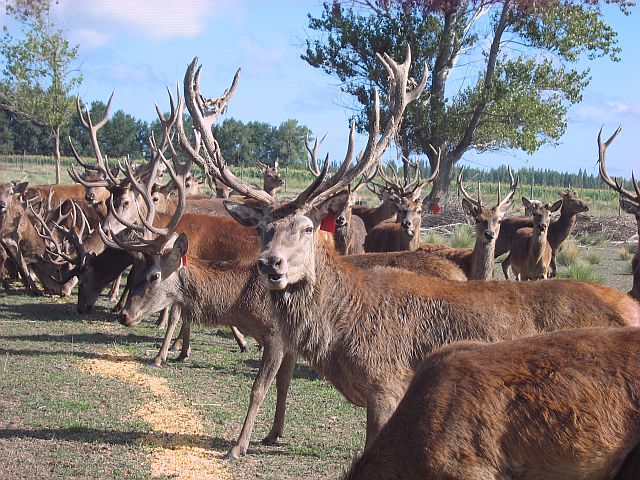
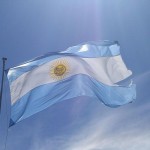
50 000 is a big city to me.
Really! You like it even smaller than 50,000. Well hang on. We’re planning a trip through the interior farm areas of Uruguay and I’m sure we’ll be reporting on some smaller towns. Thanks for the comment. ;D